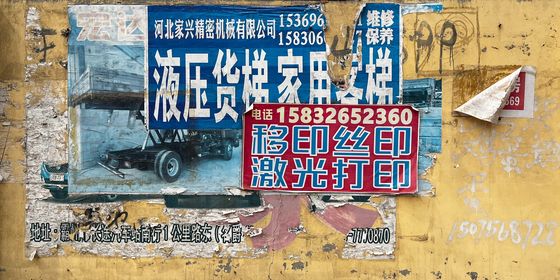Miner-poet Chen Nianxi tells the harrowing story of his years working as a blaster underground
-1-
The gold mines of Qinling and the “Army of 100,000”
My name is Chen Nianxi, and I’m from Danfeng county, Shaanxi province. I worked 16 years as a blaster in the mines, and I’ve been a writer for almost 20 years as well. My life has been like the wind and rain, always in flux.
My hometown was extremely poor. A family of three might be allotted only one-sixth of an acre by the government, with poor soil unsuitable for growing crops. I remember, back when I was going to school, seven or eight little corn cakes and a small pail of pickled vegetables was all the food I brought from home for the whole week. When I finished the vegetables, I couldn’t even bring myself to wash the pail.
When school let out on Fridays, I had to walk 90 li (almost 50 kilometers) to get home. When I came upon a stream, I would dip the pail in the water, and drink up the lingering taste of the vegetables. A few sips, and I could keep walking a long way.
I graduated from high school in 1987. Out of my class, only eight people got into college, all of them vocational schools. By then, migrants were already flooding into southern China to find work, but few people from our parts went. This is because around 1979, they started mining the Qinling Mountains for gold, and whole towns went to work in those mines.
Our region’s topography is fairly flat, aside from the abrupt thrust of the Qinling range. If it wasn’t for the mines, this area would have remained a backwater.
The first time I went to the Qinling Mountains was in 1987. My high school teacher had a relative who was a contractor for work crews in the mountains, so he took 20 of us up there to move ore. In those days, there wasn’t much organization—small private mines seldom had equipment for transporting the ore, so it had to be carried down by humans, bit by bit.
When we got to the mining area, it was a flurry of activity. There were countless switchbacks and mine openings, and a dark mass of human heads moving among them. Men and women, old and young…there were all kinds of people there. They were all carrying ore, moving step by step in a continuous flow.
This is what people back then called the “Army of 100,000.” The sight persisted for over a decade.













